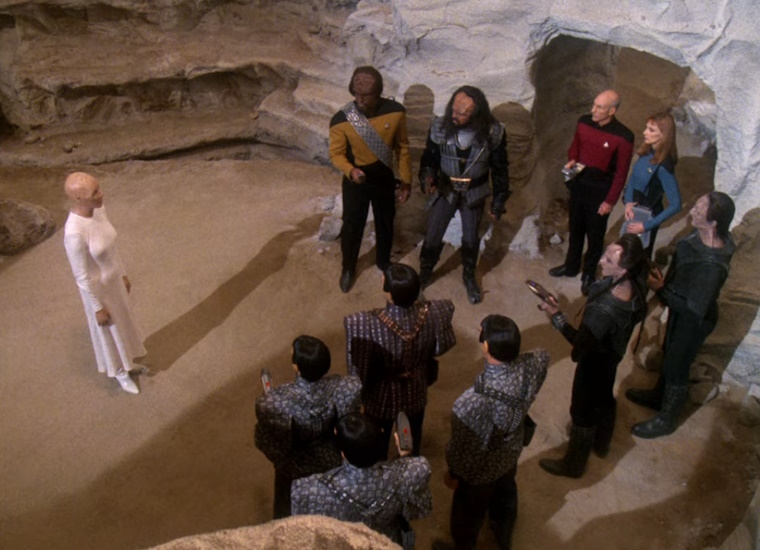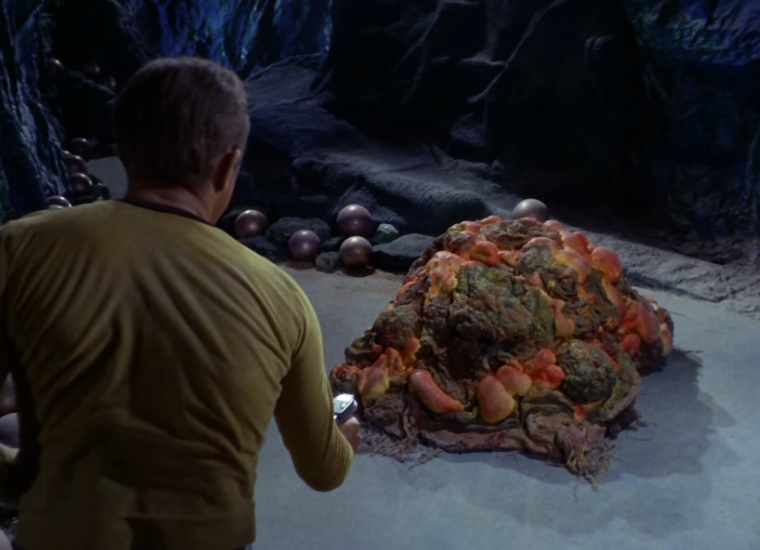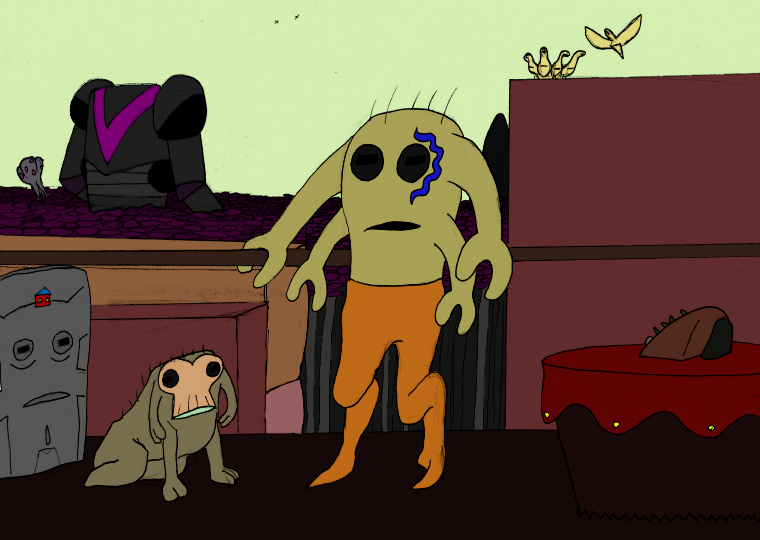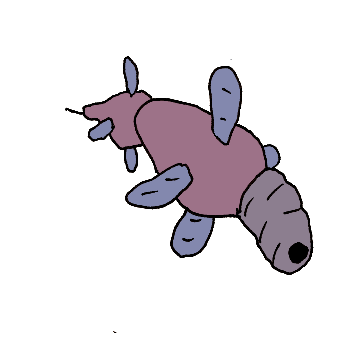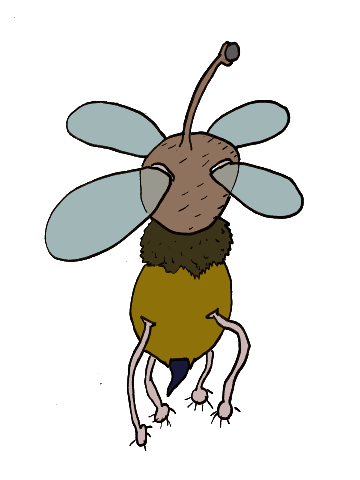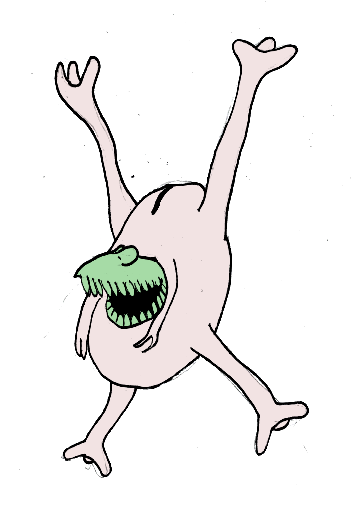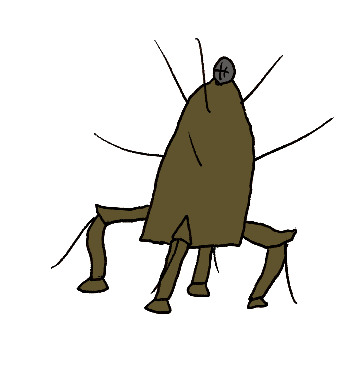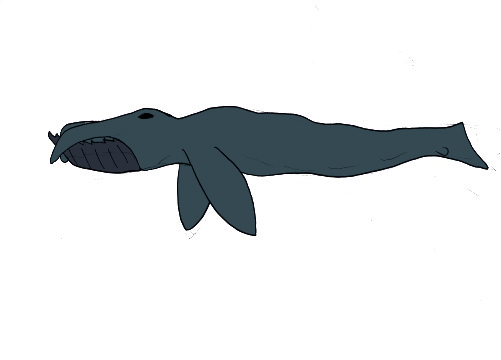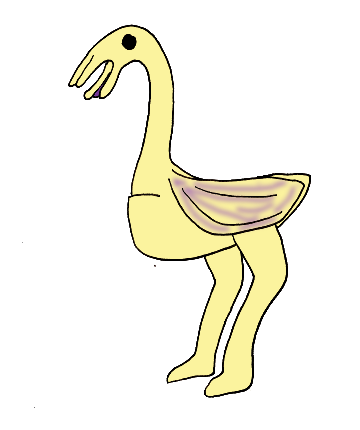Mingling With Aliens? There Goes The Neighbourhood!
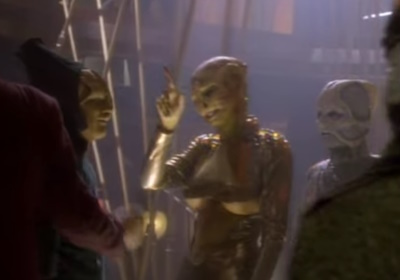
This one still technically has to do with the depiction of aliens on Star Trek, but it isn’t about my craving for better designs. This one is about places where multiple species of aliens hang out.
Now, I’m not talking about places like Starfleet ships that are 80% human, 15% aliens that look human, and 5% the occasional cool alien. I’m taking about places where humans are strictly in the minority but there is a wide variety of aliens on display, making for an exotic locale. You can usually find these in the forms of shady businesses where a cadet might get stabbed in the heart, bars where greedy business owners illicit deals with shady alien traders, and neighbourhoods where idiot Boimlers can bumble around and not know the right way to deal with the people there. The idea generally is that if you’re in one of these racially-(specially?)-mixed areas, you’re somewhere seedy. I think a lot of it is an attempt to recreate the feel of the Cantina scene in Star Wars. Which, sure, if you want to create a wretched hive of scum and villainy, but the United Federation of Planets is meant to be a near-paradise of dozens of worlds, working together, right?
I admit, we’ve had a few good scenes of aliens in, like, military meetings and stuff (generally in the movies and usually with plenty of humans still there), but apart from that, even Star Trek’s places of mixed species company are seen as bad neighbourhoods where “decent human folk” should fear to tread.
I demand that Star Trek show us some scenes that are as diverse as a Mos Eisley drinking establishment, but are wholesome. Give me an alien crowd in a library or a farmer’s market or something. Show us that aliens can get along without it being a threat.

